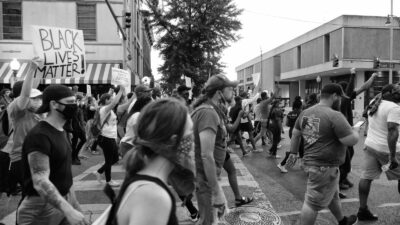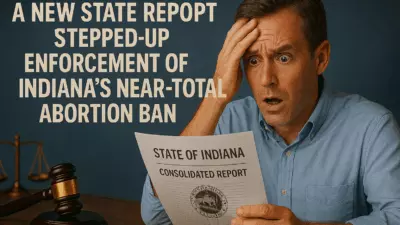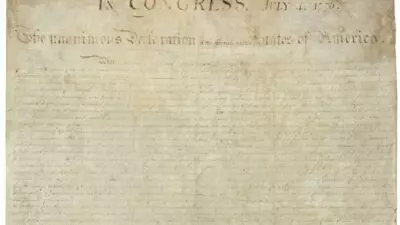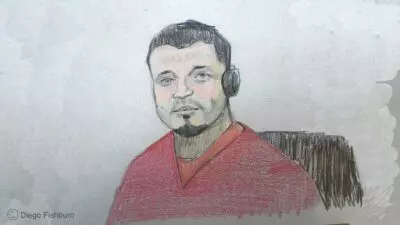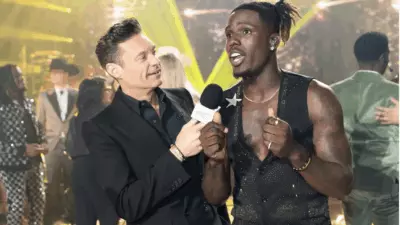Eric Adeleye had a fulfilling side hustle as a portrait photographer specializing in fashion and boudoir imagery before recent protests and unrest turned Postindustrial America into ground zero for many of the clashes we’ve seen.

Following the recent, high-profile killing of a Black man by police, Adeleye, 48, of Memphis, Tenn., decided to train his lens on racial justice demonstrators, hoping to capture their passion and provide greater context to their movement.
“After the George Floyd murder, I was devastated,” Adeleye said. “But it also made me think about how I could apply my expertise as a Black photographer to the Black Lives Matter movement.”
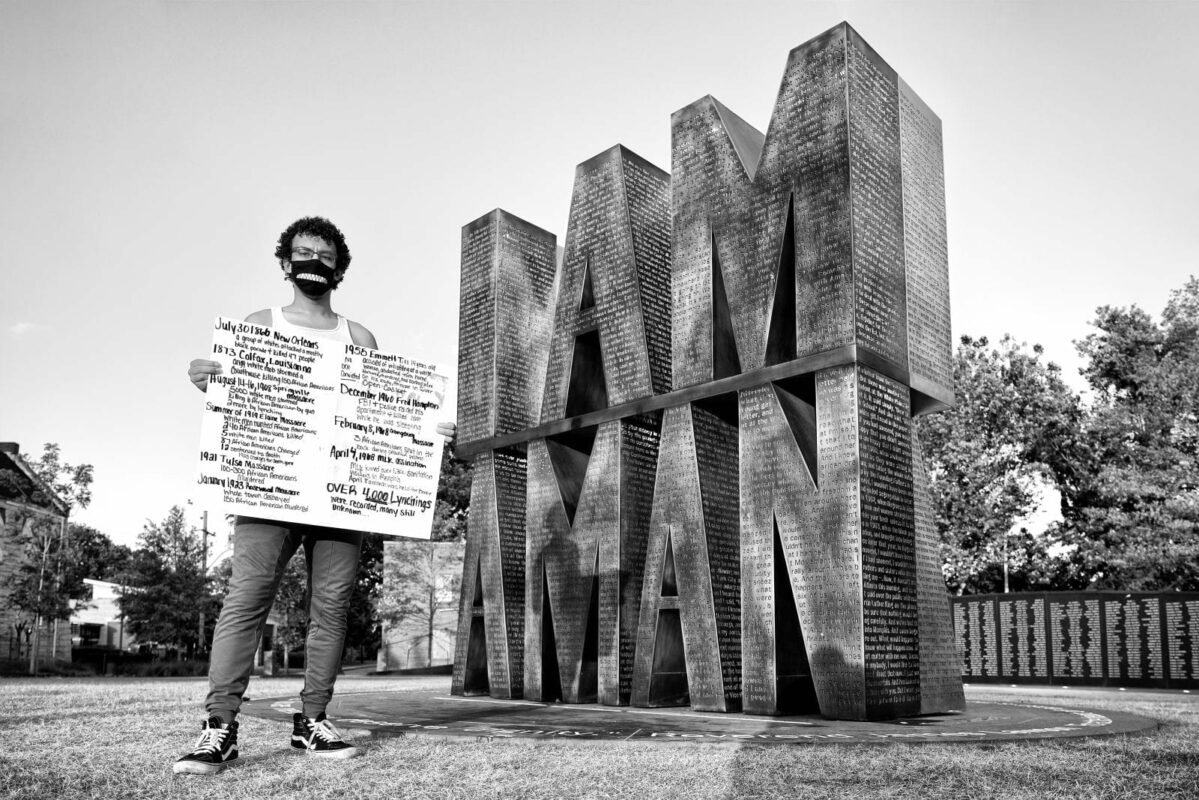
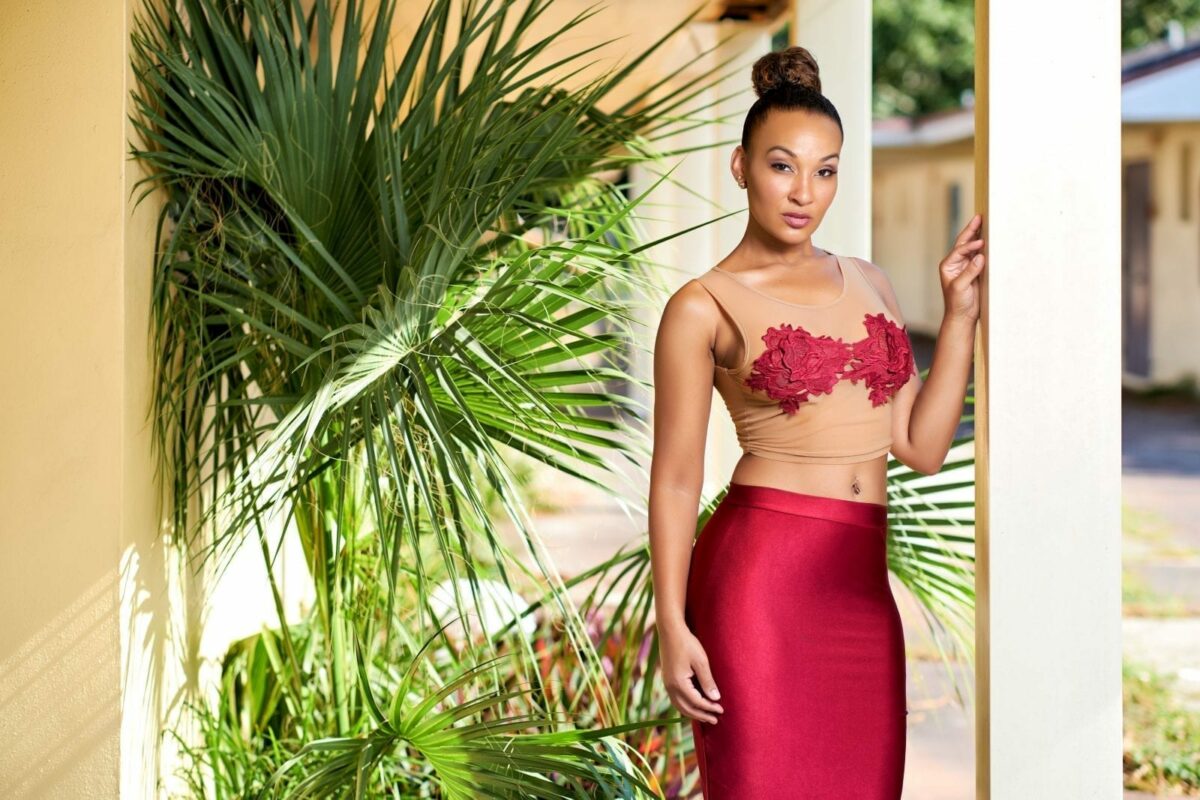
Since Floyd’s killing in May, the Philadelphia native and Army veteran, who works for the Department of Veterans Affairs as an IT specialist, has been documenting the protests in his adopted hometown of Memphis, employing black-and-white photography.
His work in the often-chaotic streets stands in contrast to the vivid colors and haute-couture style of his fashion shoots. He hopes to one day present a collection of his work in a gallery so that the full impact can be experienced in one space.
“I decided to take my project to the next level by interviewing protesters,” he said. “You may get to see the person who organized the protest on television, but you don’t get to hear much about the others at the protests … . It’s a piece of history that should be documented.”
And unlike a typical news photographer, Adeleye’s work comes with a caveat, one that he freely expresses and is apparent in his photos.
“People need to choose a side (in the demonstrations for racial justice) — there is no sideline in this.”

